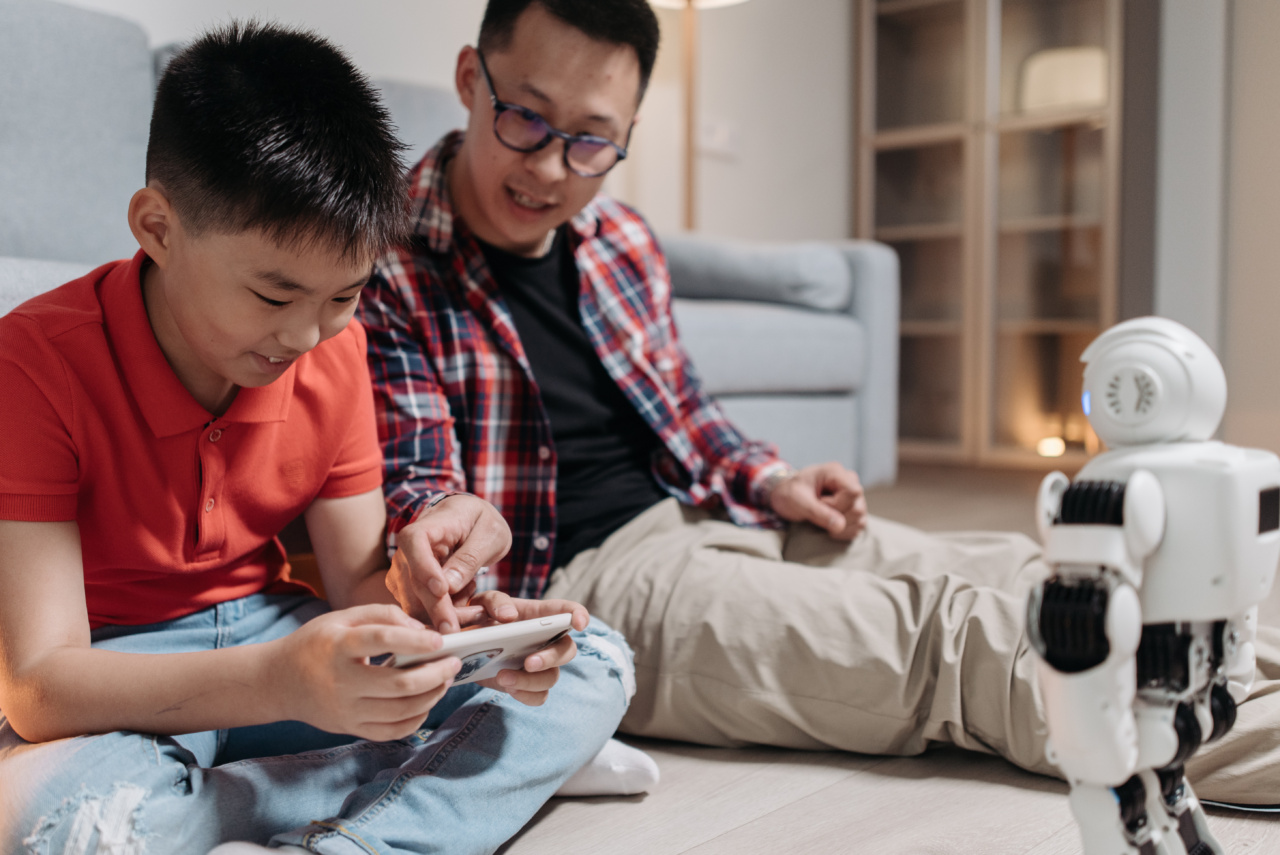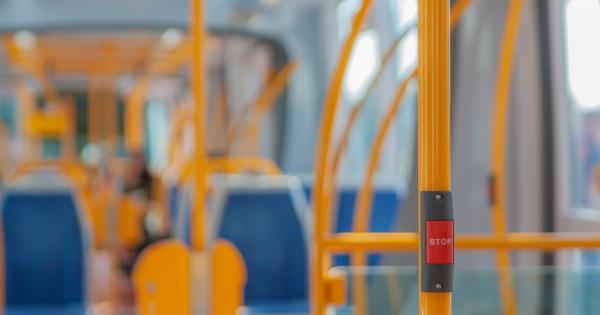In recent years, there has been a growing concern about the mental health of children and adolescents. Many mental health disorders, such as anxiety and depression, often go undiagnosed and untreated in this population.
Recognizing the need for innovative solutions, researchers and technologists have developed a first-of-its-kind humanoid robot that plays a vital role in child mental health assessment. This groundbreaking technology has the potential to revolutionize the field of pediatric mental health.
What is a Humanoid Robot?
Before delving into how the humanoid robot revolutionizes child mental health assessment, it is important to understand what a humanoid robot is. A humanoid robot is a robot designed to resemble and interact with humans in a human-like way.
These robots are typically equipped with artificial intelligence (AI) and advanced sensing capabilities, allowing them to perceive and respond to their environment.
Role of Humanoid Robot in Child Mental Health Assessment
Traditional mental health assessments for children often rely on lengthy questionnaires and subjective observations by clinicians.
However, these methods can be time-consuming, potentially biased, and limited in their ability to capture the nuances of a child’s mental health. The introduction of the humanoid robot addresses these limitations and offers unique advantages in the assessment process.
1. Enhanced Engagement
One of the key advantages of using a humanoid robot in child mental health assessment is its ability to enhance engagement.
Children often feel more comfortable interacting with robots compared to adults, as robots reduce the potential for judgment and social pressure. This increased comfort leads to more genuine responses and better data accuracy, enabling clinicians to make more informed assessments.
2. Objective Data Collection
Humanoid robots are equipped with advanced sensing technologies that allow them to collect objective data during interactions with children.
These sensors can monitor facial expressions, voice tone, body movement, and other physiological indicators of a child’s emotional state. By gathering objective data, the humanoid robot provides a more comprehensive assessment of a child’s mental health, reducing the reliance on subjective observations.
3. Standardized Assessments
The use of a humanoid robot in child mental health assessment also enables the implementation of standardized assessments.
The robot can administer pre-designed assessments that have been validated and standardized, ensuring consistency in the evaluation process. This eliminates potential biases introduced by human clinicians and enhances the reliability of the assessment results.
4. Personalized Interaction
Humanoid robots can be programmed to adapt to individual children’s needs and preferences, providing personalized interaction.
The robot can tailor its questions and responses based on the child’s age, language proficiency, and cognitive abilities. This personalized approach increases the child’s engagement and improves the accuracy of the assessment.
5. Cost and Accessibility
While traditional mental health assessments often require multiple face-to-face sessions with clinicians, the use of humanoid robots can significantly reduce the cost and improve accessibility.
The robot can conduct assessments in various settings, such as schools or community centers, eliminating the need for children and their families to travel long distances for evaluations. This approach also reduces the burden on mental health professionals, allowing them to focus on more complex cases.
Challenges and Ethical Considerations
As with any emerging technology, the use of humanoid robots in child mental health assessment comes with certain challenges and ethical considerations.
It is essential to address these issues to ensure the responsible and ethical implementation of this technology.
1. Privacy and Data Security
Collecting sensitive mental health data from children requires stringent privacy and data security measures.
It is crucial to establish robust protocols to protect the privacy of children and their families, ensuring that the collected data is securely stored and used only for diagnostic and treatment purposes.
2. Ethical Design and Programming
Humanoid robots should be designed and programmed ethically, prioritizing the well-being of children. The programming of these robots should adhere to strict guidelines to prevent potential harm or manipulation of vulnerable individuals.
Additionally, the research and development phase should involve multidisciplinary teams to ensure ethical considerations are met.
3. Augmenting, Not Replacing, Human Clinicians
While humanoid robots show promising potential in child mental health assessment, they should not replace human clinicians. The role of robots should be to augment and support clinicians, providing additional data and insights.
Human clinicians, with their expertise and empathy, remain essential for diagnosis, treatment planning, and therapeutic interventions.
Conclusion
The development of a first-of-its-kind humanoid robot marks a significant milestone in child mental health assessment.
By leveraging advanced sensing technologies and artificial intelligence, the humanoid robot offers enhanced engagement, objective data collection, standardized assessments, personalized interaction, and improved cost and accessibility. However, ethical considerations and challenges must be addressed to ensure responsible implementation.
As technology continues to evolve, the collaboration between human clinicians and humanoid robots has the potential to revolutionize the field of pediatric mental health, leading to better assessment outcomes and improved mental well-being for children and adolescents.




























